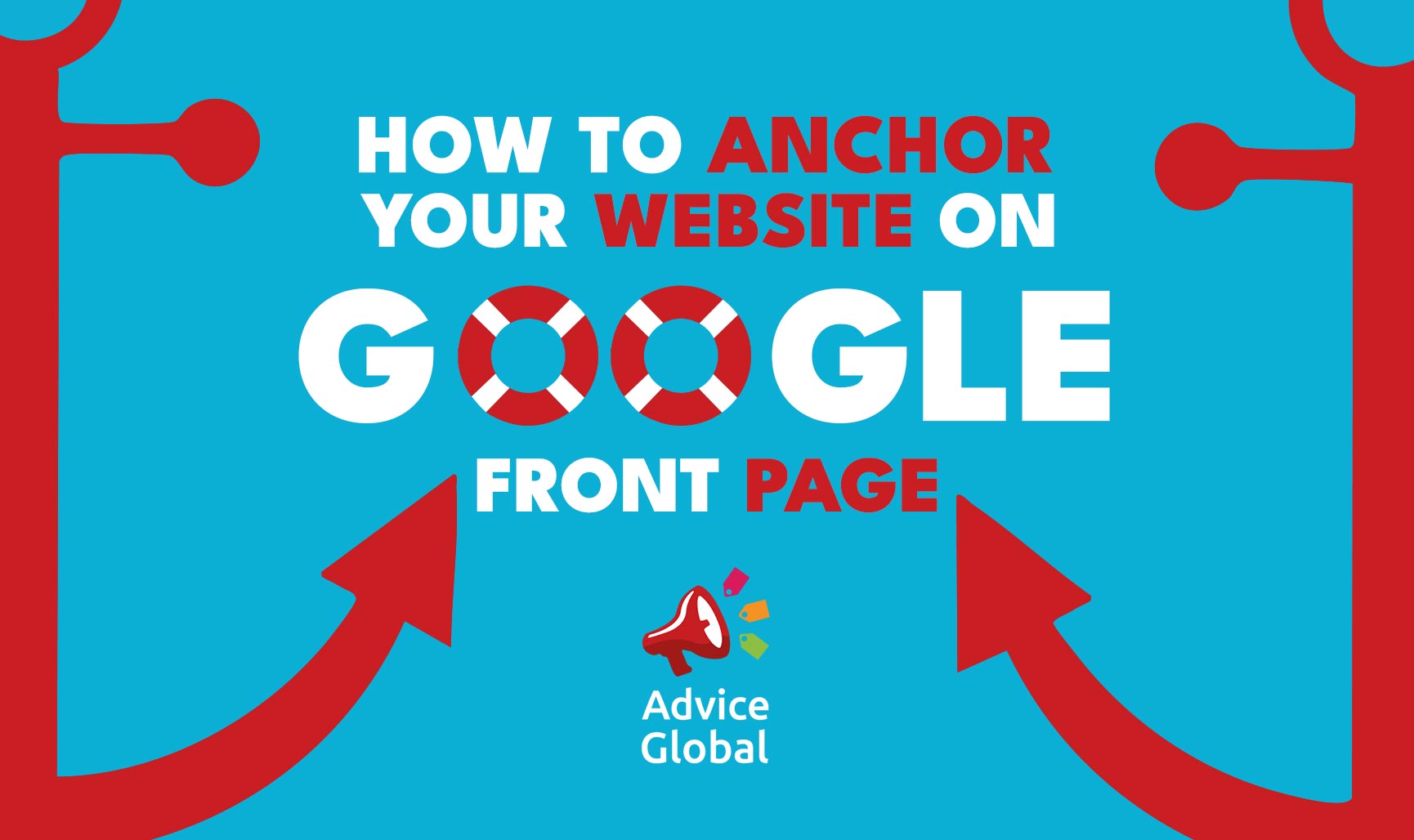How to Anchor Your Website on Google’s First Page with SEO
Picture this: you’re sailing through the massive sea of marketing on the internet, and your website is just a small vessel among millions. Without a compass or a clear path, it’s easy to get swept away by the currents—far from your audience, invisible in the vast waves of search results.
But just like any good captain knows, a solid anchor (a.k.a. a smart SEO strategy) can hold your ship steady and bring you safely to shore—specifically, the first page of Google. That’s where the traffic flows, the lead generation begins, and your advertising and email marketing efforts start paying off.
To help you stay on course, here’s how to drop your SEO anchor and make sure your website remains visible and competitive:
1. Chart Your Course with Keyword Research
First and foremost, every successful journey needs a destination. In the world of SEO, that destination starts with keyword research. Think of it as your map—it shows you what your audience is searching for and how to meet them where they are.
Use trusted tools like Google Keyword Planner, SEMrush, or Ahrefs to discover keywords that align with your brand and have reasonable competition.
In addition, long-tail keywords can be your secret weapon. They’re more specific, face less competition, and often lead to higher conversions. These keywords don’t just improve SEO—they also support smarter advertising strategies by targeting more qualified traffic that’s likely to convert.
Want a deeper dive into keyword strategy?
Check out this guide on how to find high-converting keywords
2. Strengthen Your Hull with Quality Content
Once you know your keywords, it’s time to build your ship—or in this case, your content. This is what keeps your website afloat. Google rewards content that’s useful, fresh, and genuinely valuable to visitors.
For example, publishing blog posts that explain lead generation tactics or offering tips that connect SEO with email marketing strategies will position you as a helpful authority in your niche.
In other words, your content is the ship itself—well-built, dependable, and ready for open water.
3. Set Your Sails with On-Page SEO
Next, it’s time to raise the sails and catch some wind. On-page SEO ensures your site is readable and rankable by search engines. It includes:
⚓️ Using keywords naturally in titles, headings, and throughout your text
⚓️ Crafting compelling meta descriptions
⚓️ Optimizing images with alt tags
⚓️ Creating clean, user-friendly URLs
Ultimately, these adjustments not only improve visibility but also make your site a stronger foundation for your advertising campaigns and email marketing landing pages.
4. Drop Your Anchor with Backlinks
Equally important, you’ll need backlinks—your anchors in the vast digital sea. These are links from trusted websites that vouch for your content and boost your credibility with Google.
Focus on building high-quality backlinks through guest posting, partnerships, and valuable content people want to share.
Over time, these efforts will help drive organic traffic and increase opportunities for lead generation without relying solely on paid advertising.
5. Avoid the Rocks: Steer Clear of Black-Hat SEO
However, beware of shortcuts that look tempting but can sink your ship. Black-hat SEO tactics like keyword stuffing, cloaking, and shady link-building schemes might give short-term boosts, but they often lead to penalties—or worse, being de-indexed.
Therefore, stick to ethical strategies that support long-term visibility—especially if you plan to integrate SEO with other digital tools like email marketing funnels or PPC advertising campaigns.
6. Monitor Your Voyage with Analytics
Finally, every good captain checks their instruments. Use Google Analytics and Google Search Console to track your performance. What’s working? What’s not?
Monitor which keywords bring traffic, how users interact with your site, and where you can improve.
By regularly reviewing your data, you can identify the best-performing content, align it with your lead generation goals, and support your advertising and email marketing strategies with data-backed insights.
Final Thoughts
SEO might feel like navigating through uncharted waters, but with the right tools and steady effort, you can anchor your website firmly on Google’s front page.
Remember, it’s not about quick wins—it’s about building a strong, resilient presence that weathers the ever-changing tides of the digital ocean. And when SEO is connected to your email marketing, advertising, and lead generation systems, it becomes the engine that powers your entire digital ship.
So, are you ready to drop your SEO anchor and sail toward success?



